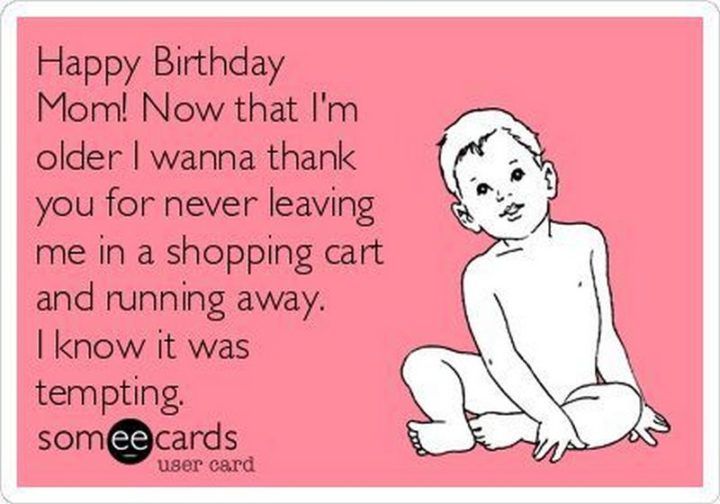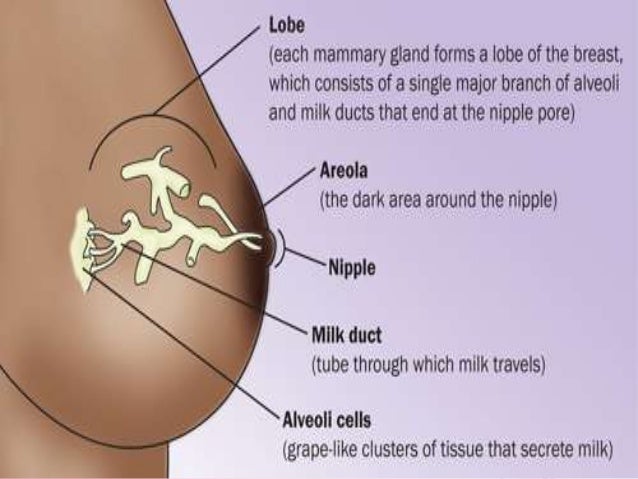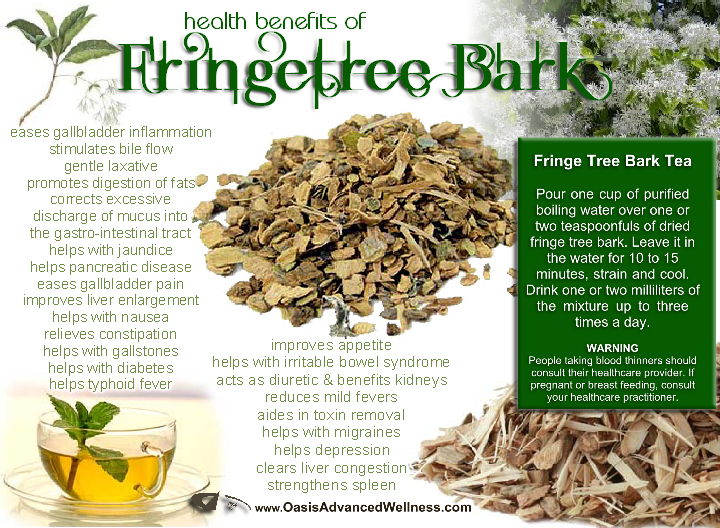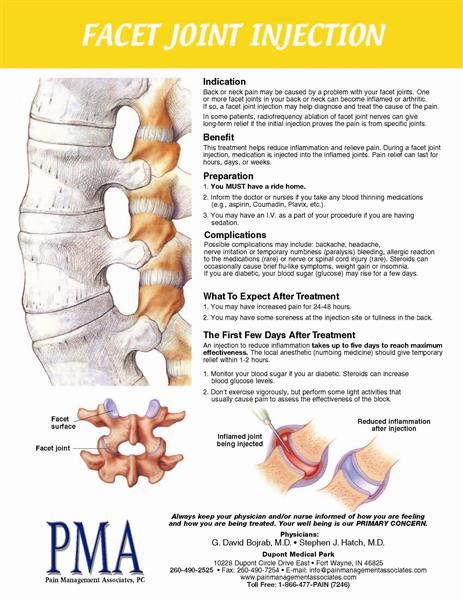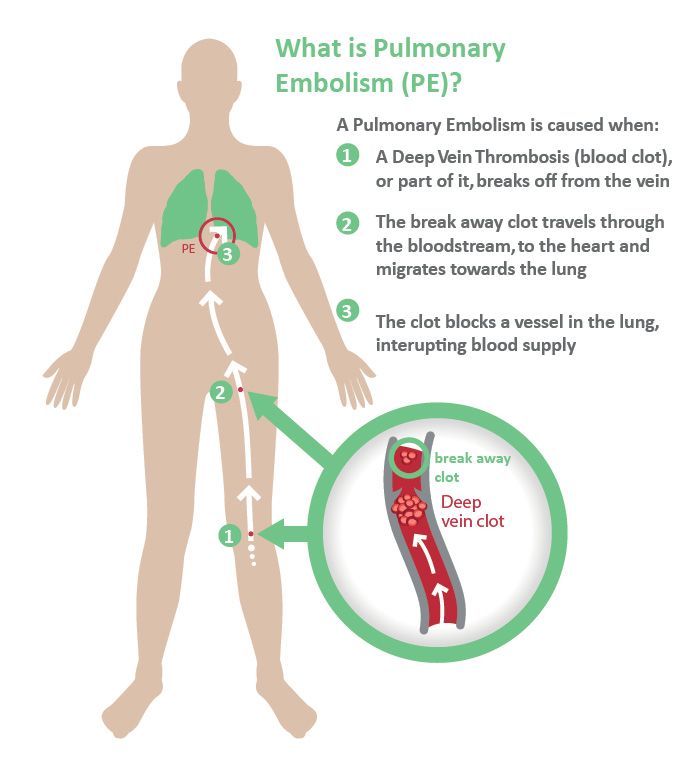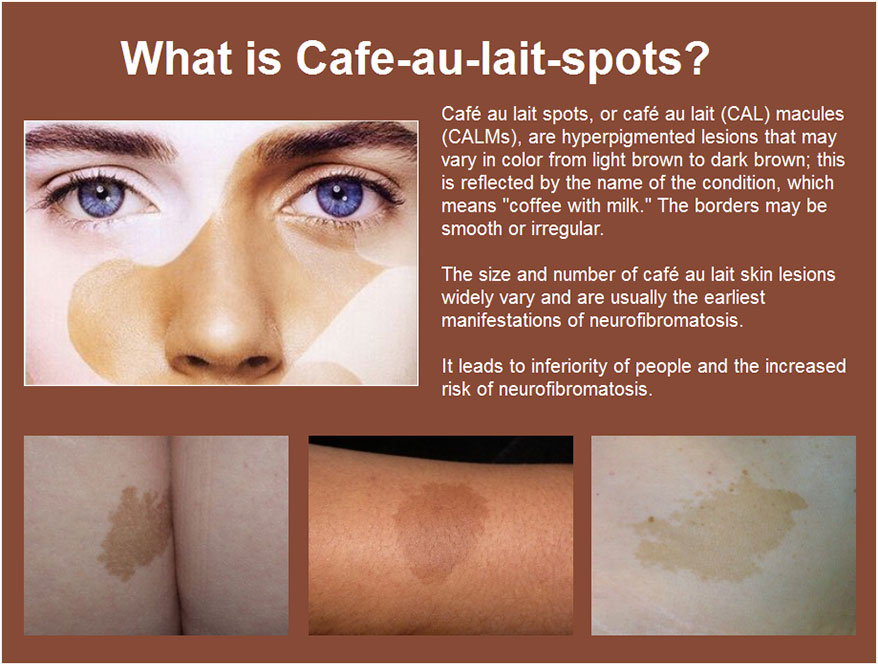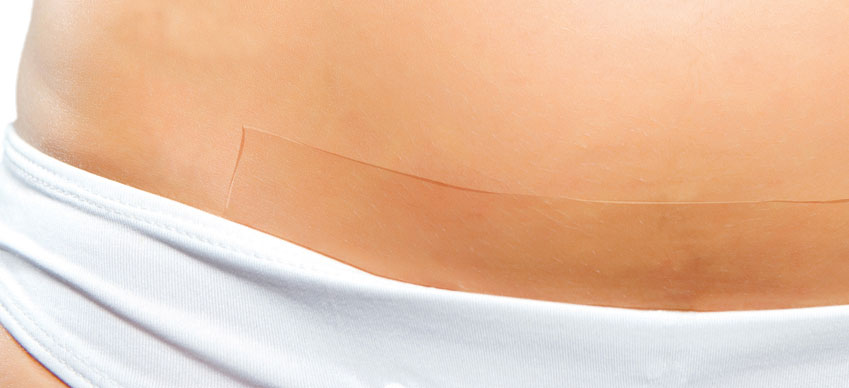How to resuscitate a baby
How to resuscitate a child
This page provides the full detailed cardiopulmonary resuscitation (CPR) sequence for infants (babies under 1 year old) and children.
It's highly recommended that every parent or carer goes on a first aid course, as it makes this process much easier to understand and remember.
If a baby or child is unresponsive and not breathing normally, call 999 and start CPR straight away.
When you call 999 for an ambulance, you should be given basic life-saving instructions over the phone, including advice about CPR.
Child and baby CPR steps
1. Ensure the area is safe
- Check for hazards, such as electrical equipment or traffic.
2. Check your child's responsiveness
- Gently stimulate your child and ask loudly: "Are you alright?"
3a.
- Leave them in the position they were found in (provided they're not in danger).
- Check their condition and get help if needed.
- Reassess the situation regularly.
3b. If your child does not respond
- Call for help.
- Carefully turn the child on their back.
If the child is under 1 year old:
- Ensure the head is in a neutral position, with the head and neck in line.
- At the same time, with your fingertips under the point of your child's chin, lift the chin. Do not push on the soft tissues under the chin as this may block the airway.
If the child is over 1 year old:
- Open your child's airway by tilting the head and lifting the chin.
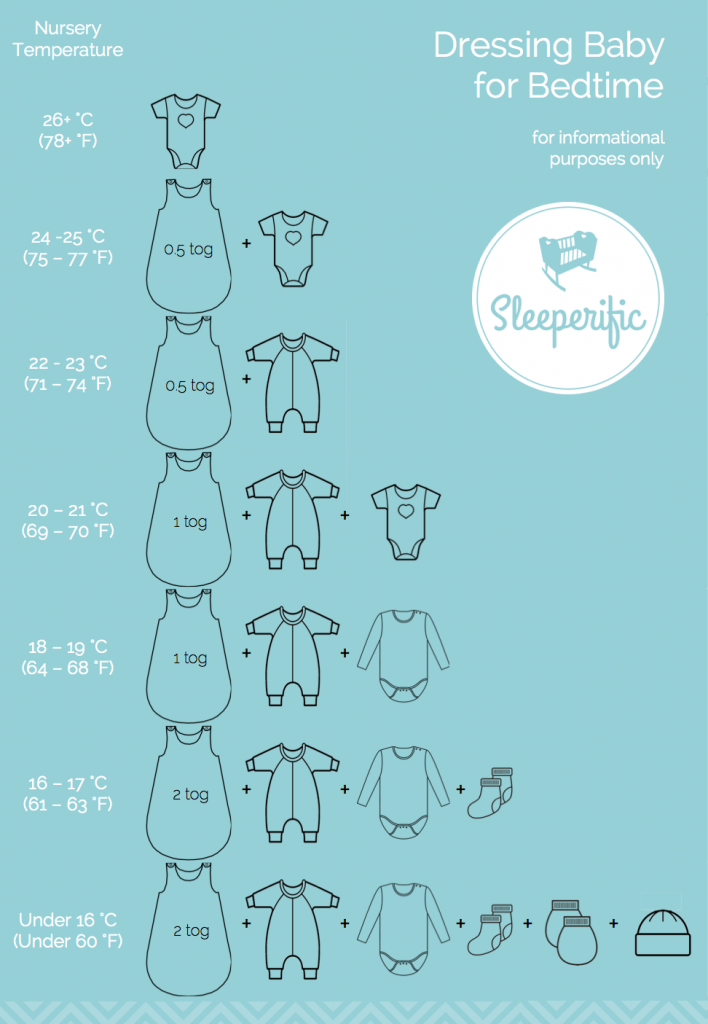
- To do this, place your hand on their forehead and gently tilt their head back.
- At the same time, with your fingertips under the point of your child's chin, lift the chin. Do not push on the soft tissues under the chin as this may block the airway.
If you think there may have been an injury to the neck, tilt the head carefully, a small amount at a time, until the airway is open. Opening the airway takes priority over a possible neck injury.
4. Check their breathing
Keeping the airway open, look, listen and feel for normal breathing by putting your face close to your child's face and looking along their chest.
- Look for chest movements.
- Listen at the child's nose and mouth for breathing sounds.
- Feel for air movement on your cheek.
Look, listen and feel for no more than 10 seconds before deciding that they're not breathing. Gasping breaths should not be considered to be normal breathing.
Gasping breaths should not be considered to be normal breathing.
5a. If your child is breathing normally
- Turn them on their side.
- Check for continued breathing.
- Send or go for help – do not leave your child unless absolutely necessary.
5b. If your child is not breathing or is breathing infrequently and irregularly
- Carefully remove any obvious obstruction in the mouth.
- Give 5 initial rescue breaths (mouth-to-mouth resuscitation).
- While doing this, note any gag or cough response – this is a sign of life.
Rescue breaths for a baby under 1 year
- Ensure the head is in a neutral position and lift the chin.
- Take a breath, then cover your baby's mouth and nose with your mouth, making sure it's sealed.
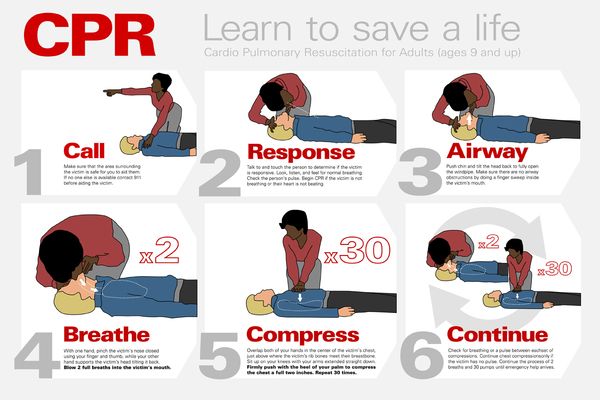 If you cannot cover both the mouth and nose at the same time, just seal either with your mouth. If you choose the nose, close the lips to stop air escaping.
If you cannot cover both the mouth and nose at the same time, just seal either with your mouth. If you choose the nose, close the lips to stop air escaping. - Blow a breath steadily into the baby's mouth and nose over 1 second. It should be sufficient to make the chest visibly rise.
- Keeping their head tilted and chin lifted, take your mouth away and watch for the chest to fall as air comes out.
- Take another breath and repeat this sequence 4 more times.
Rescue breaths for a child over 1 year
- Tilt the head and lift the chin.
- Close the soft part of their nose using the index finger and thumb of the hand that's on their forehead.
- Open their mouth a little, but keep the chin pointing upwards.
- Take a breath, then place your lips around their mouth, making sure it's sealed.

- Blow a breath steadily into their mouth over about 1 second, watching for the chest to rise.
- Keeping their head tilted and chin lifted, take your mouth away and watch for the chest to fall as air comes out.
- Take another breath and repeat this sequence 4 more times. Check that your child's chest rises and falls in the same way as if they were breathing normally.
5c. Obstructed airway
If you have difficulty achieving effective breathing in your child, the airway may be obstructed.
- Open the child's mouth and remove any visible obstruction. Do not poke your fingers or any object into the mouth.
- Ensure there's adequate head tilt and chin lift, but the neck is not overextended.
- Make up to 5 attempts to achieve effective breaths (enough to make the chest visibly rise).
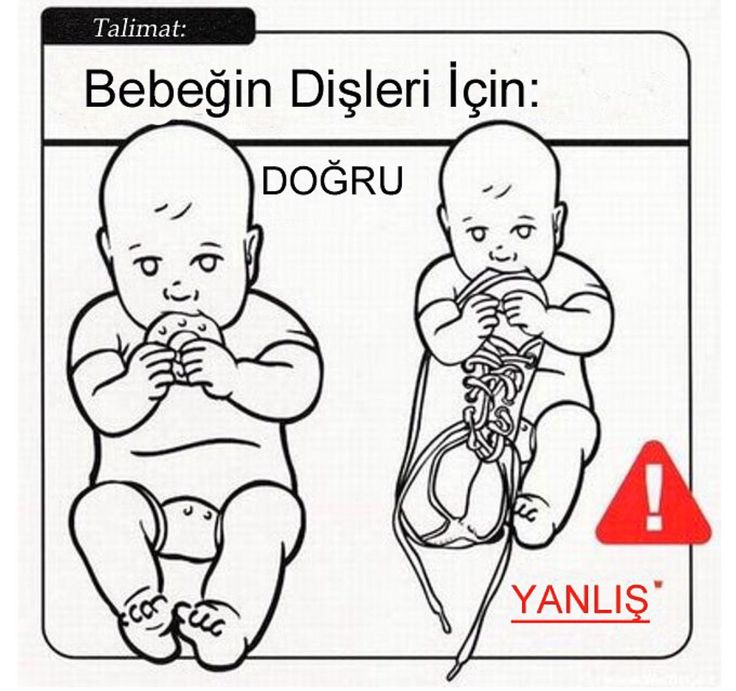 If this is still unsuccessful, move on to chest compressions combined with rescue breaths.
If this is still unsuccessful, move on to chest compressions combined with rescue breaths.
6. Assess the circulation (signs of life)
Look for signs of life. These include any movement, coughing, or normal breathing – not abnormal gasps or infrequent, irregular breaths.
Signs of life present
If there are definite signs of life:
- Continue rescue breathing until your child begins to breathe normally for themselves.
- Turn the child on their side into the recovery position and send for help.
- Continue to check for normal breathing and provide further rescue breaths if necessary.
No signs of life present
If there are no signs of life:
- Start chest compressions immediately.
- Combine chest compressions with rescue breaths, providing 2 breaths after every 30 compressions.
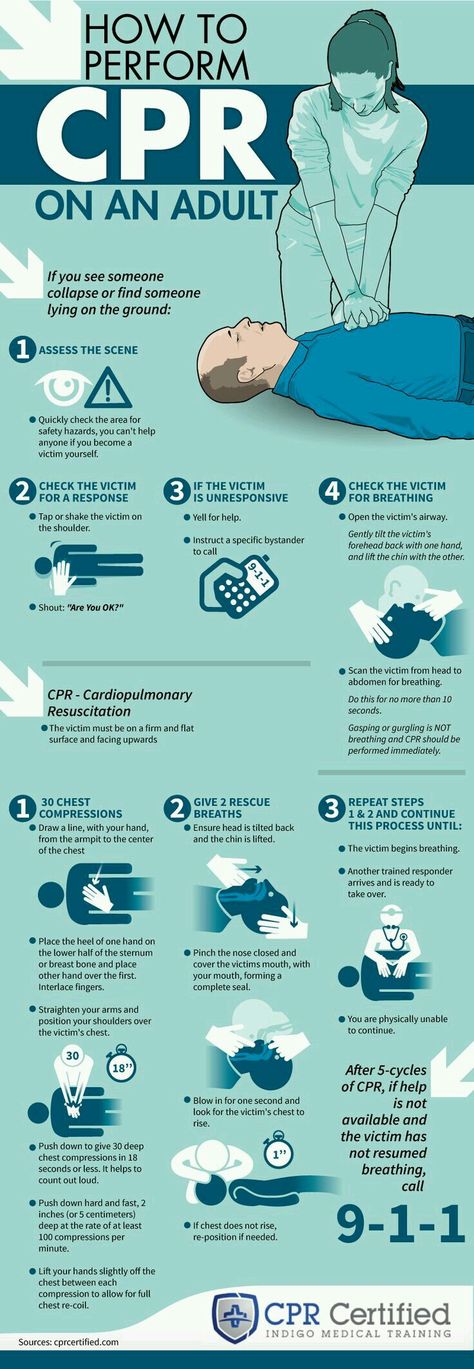
7. Chest compressions: general guidance
- To avoid compressing the stomach, find the point where the lowest ribs join in the middle, and then 1 finger's width above that. Compress the breastbone.
- Push down 4cm (for a baby or infant) or 5cm (a child), which is approximately one-third of the chest diameter.
- Release the pressure, then rapidly repeat at a rate of about 100-120 compressions a minute.
- After 30 compressions, tilt the head, lift the chin, and give 2 effective breaths.
- Continue compressions and breaths in a ratio of 2 breaths for every 30 compressions.
Although the rate of compressions will be 100-120 a minute, the actual number delivered will be fewer because of the pauses to give breaths.
The best method for compression varies slightly between infants and children.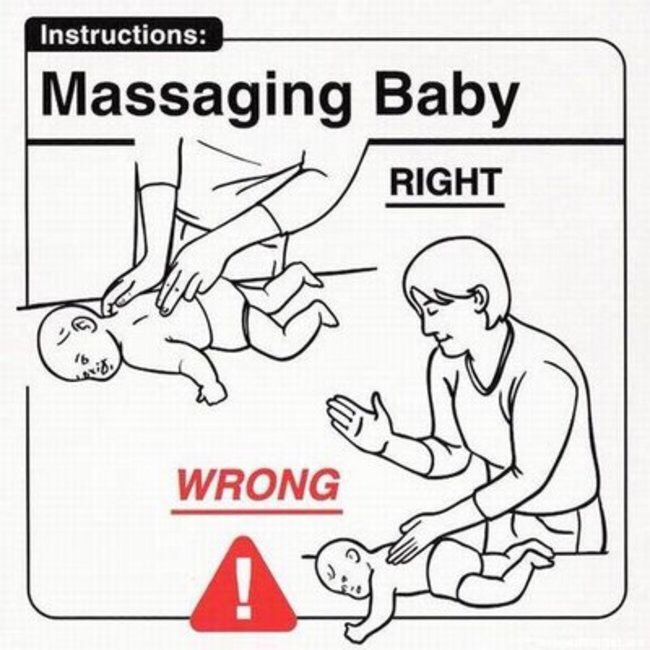
Chest compression in babies less than 1 year
- Do the compressions on the breastbone with the tips of 2 fingers, not the whole hand or with both hands.
- The quality (depth) of chest compressions is very important. If the depth of 4cm cannot be achieved with the tips of 2 fingers, use the heel of 1 hand.
Chest compression in children over 1 year
- Place the heel of 1 hand over the lower third of the breastbone.
- Lift the fingers to ensure pressure is not applied over the ribs.
- Position yourself vertically above the chest and, with your arm straight, compress the breastbone so you push it down 5cm, which is approximately one-third of the chest diameter. The quality (depth) of chest compressions is very important.
- In larger children or if you're small, this may be done more easily by using both hands with the fingers interlocked, avoiding pressure on the ribs.

If you had no response to your call for help and you're alone, continue resuscitation for about 1 minute before trying to get help – for example, by calling 999.
8. Continue resuscitation until
- Your child shows signs of life – normal breathing, coughing, movement of arms or legs.
- Qualified help arrives.
Further information on first aid
- St John Ambulance: How to do baby CPR
- St John Ambulance: How to do CPR on a child
- British Red Cross: First aid training courses
Page last reviewed: 28 September 2022
Next review due: 28 September 2025
Resuscitation for babies and children
Resuscitation for babies and children | Pregnancy Birth and Baby beginning of content3-minute read
Listen
Learning how to do resuscitation can make a big difference to your child's safety. Doing a first aid course could save a life. Children are precious, and knowing what to do if a child in your care needs help makes everyone feel safer.
Doing a first aid course could save a life. Children are precious, and knowing what to do if a child in your care needs help makes everyone feel safer.
Why learn resuscitation?
Sometimes a few simple actions can change the outcome of an accident. For example, if someone's heart stops, doing cardiopulmonary resuscitation (CPR) can keep their circulation going until an ambulance and trained health personnel arrive.
There are some differences in how to do first aid for kids compared with adults. For example, CPR airway and compression techniques are a bit different for babies.
Resuscitation basics
Anyone who is unconscious and not breathing at all needs CPR. Someone who is unresponsive and not breathing normally— for example, they’re only taking an occasional quick breath — also needs CPR.
A simple way to remember the basic life support steps is to think of 'DRS ABCD,' which stands for Dangers, Responsive, Send for help followed by Airway, Breathing, CPR and Defibrillation.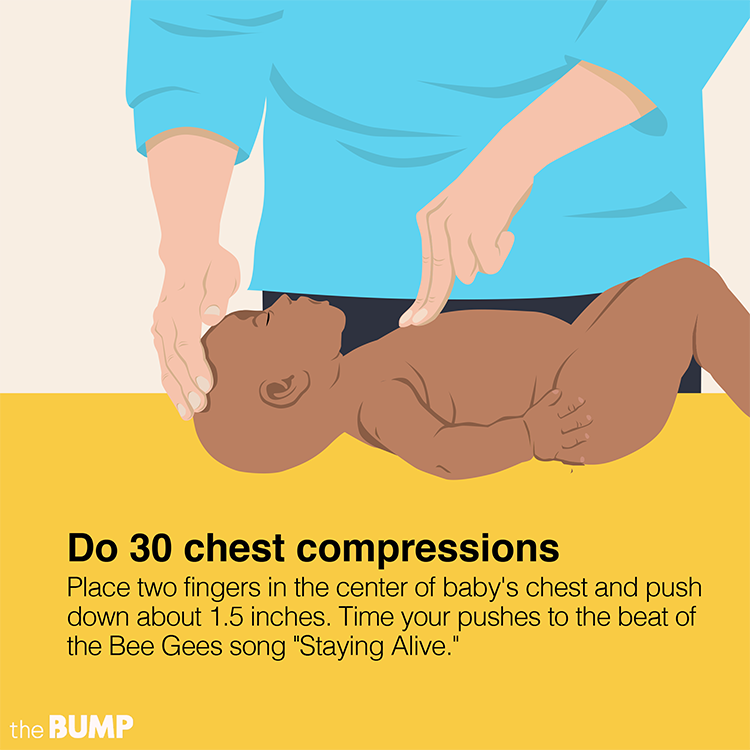
Dangers — make sure the area is safe for you and there is no risk to others.
Responsive — check if the child responds to your touch or voice. Gently squeeze the baby or child's shoulders and speak to them. Do not shake them.
Send for help — ask someone else to call an ambulance on triple zero (000).
Airway — gently lift the baby’s chin to a neutral position (with the head and neck in line, not tilted), or a child’s head tilted back very slightly. Check in the mouth for any blockages, such as vomit, an object or debris, and clear it out with your finger. You might need to move the child’s tongue. Leave a baby on their back. Lie a bigger child on their side before removing the blockage.
Breathing — look, listen and feel to see if the child is breathing normally. If they are, place them in the recovery position: on their side for a child, and facedown along your forearm for a baby. If they're not breathing, go onto CPR.
If they're not breathing, go onto CPR.
CPR — now lie the baby or child on their back. Start compressions. Use your hands for a child and 2 fingers for a baby. Press in the centre of the chest, pushing down to a third of the depth of the chest. (Pressing down and releasing is 1 compression). Do 30 compressions, then pause briefly and give 2 breaths, placing your mouth over the child’s mouth with their nose pinched. With a baby, put your mouth over their mouth and nose. Keep repeating 30 compressions and 2 breaths.
Keep going until qualified help arrives, you are too exhausted, or the child begins breathing normally or responding.
If the child starts breathing and responding, turn them into the recovery position. Keep watching their breathing and be ready to start again at any time.
For more information, see the St John fact sheet on CPR for infants.
Defibrillation — if there is an automatic defibrillator (AED) available, attach it and follow the prompts.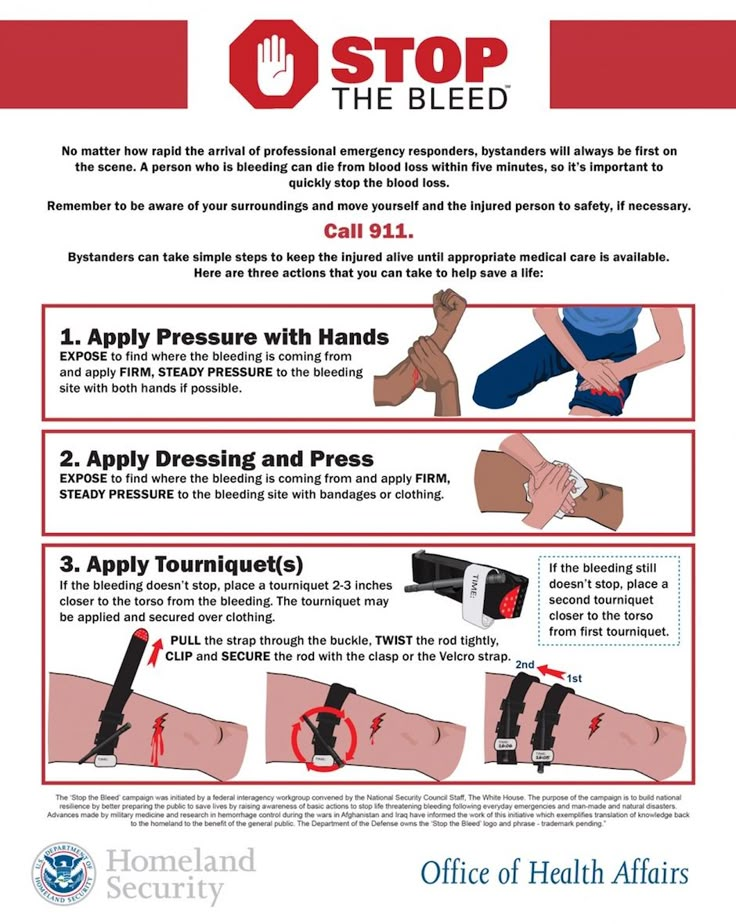
Where to learn resuscitation
You can learn resuscitation through a short, face-to-face course from St John Ambulance and the Australian Red Cross. Both offer general first aid training and specific courses on first aid for babies and children. The Australian Red Cross has also developed a free app with instructions on first aid and CPR.
Sources:
Australian Resuscitation Council (Guideline 8 Cardiopulmonary Resuscitation), Raising Children Network (CPR for babies under 12 months), St John Ambulance (First aid training), St John Ambulance (CPR for infants under 1 year), Australian Red Cross (First aid and mental health training), Raising Children Network (CPR for children over one year)Learn more here about the development and quality assurance of healthdirect content.
Last reviewed: October 2020
Back To Top
Related pages
- Your child's safety
- Baby safety
- First aid for babies and children
Need more information?
Cardiopulmonary Resuscitation (CPR) for children (over 12 months of age) | Sydney Children's Hospitals Network
CPR for children over 12 months There are 7 steps to follow when helping a collapsed person
Read more on Sydney Children's Hospitals Network website
Cardiopulmonary Resuscitation (CPR) for babies (less than 12 months of age) | Sydney Children's Hospitals Network
CPR for babies (less than 12 months) There are 7 steps to follow when helping a collapsed person
Read more on Sydney Children's Hospitals Network website
CPR for infants (under 1 year)
First aid fact sheet
Read more on St John Ambulance Australia website
CPR for newborns and babies: in pictures | Raising Children Network
See how to do baby CPR.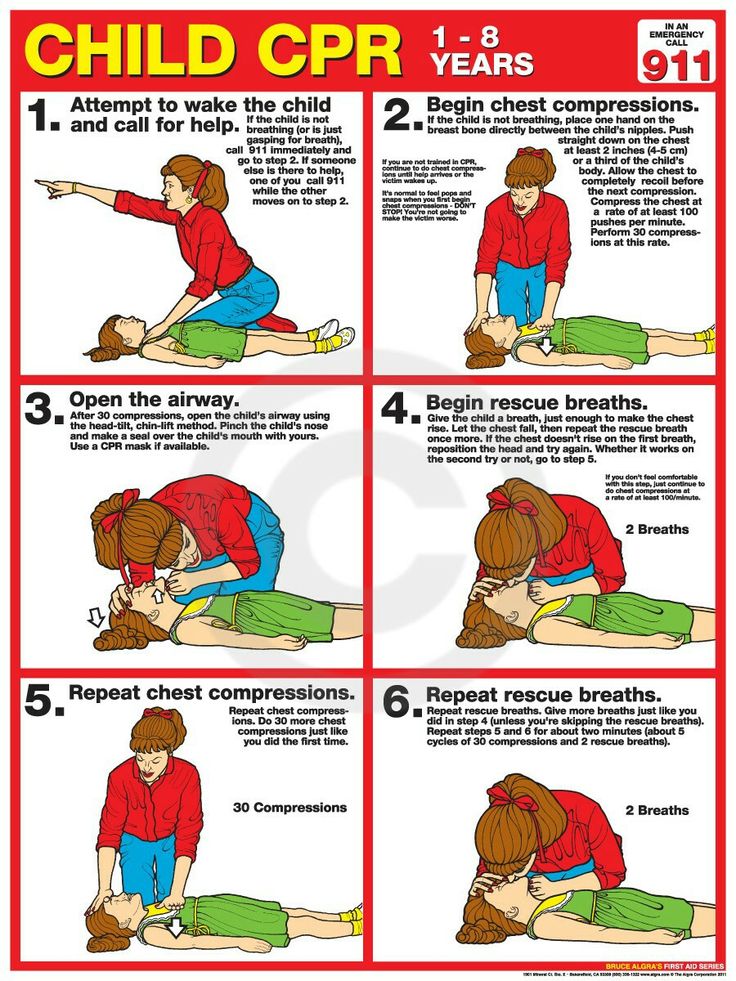 1. Check for danger. 2. Check response. 3. Send for help. 4. Check airway and breathing. 5. Start compressions and rescue breaths.
1. Check for danger. 2. Check response. 3. Send for help. 4. Check airway and breathing. 5. Start compressions and rescue breaths.
Read more on raisingchildren.net.au website
CPR for babies: Aboriginal parents | Raising Children Network
This CPR guide for Aboriginal parents shows what to do when a baby under 12 months isn’t breathing. Call 000. Do chest pushes, air puffs and breath checks.
Read more on raisingchildren.net.au website
CPR adult or child (over 1 year)
First aid fact sheet
Read more on St John Ambulance Australia website
Parenting kids: illustrated guides | Raising Children Network
Parenting in Pictures provides step-by-step guides to essential parenting topics and child care techniques such as CPR, sleep, first aid and cyberbullying.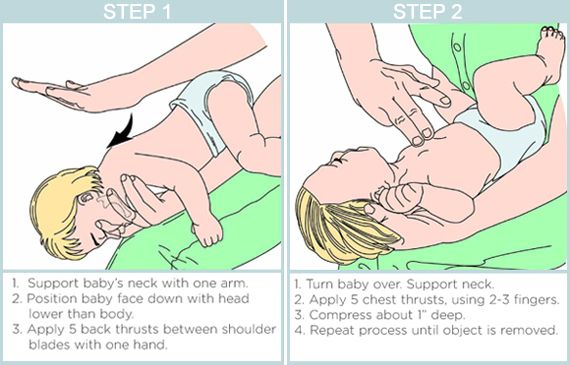
Read more on raisingchildren.net.au website
Newborns safety | Raising Children Network
Newborn safety stressing you? Here’s all you need on newborns safety with articles, videos and resources on first aid, CPR, equipment, car seats and more.
Read more on raisingchildren.net.au website
Toddlers safety | Raising Children Network
Concerned about toddler safety? Here’s all you need on toddlers’ safety with articles, videos and resources on first aid, poisons, car seats and more.
Read more on raisingchildren.net.au website
What are Queensland's most dangerous creatures? How to avoid and respond to attacks | Queensland Health
Knowing where Queensland's most dangerous creatures live and how to treat an attack can help save a life.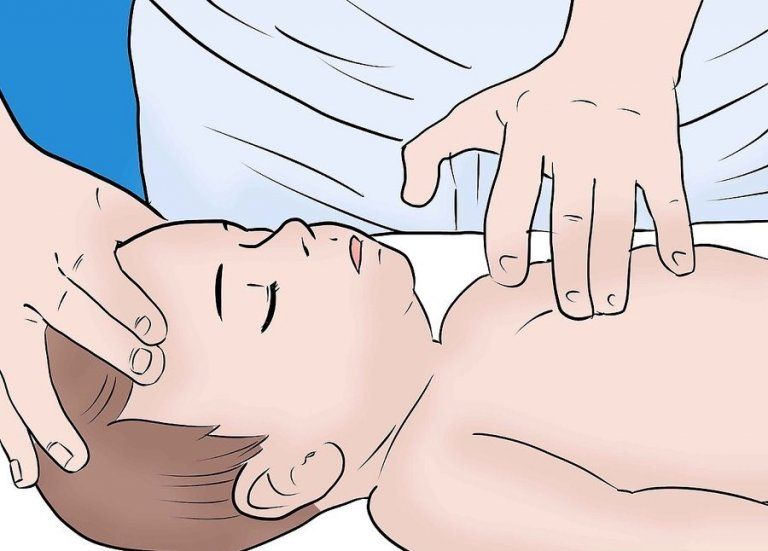
Read more on Queensland Health website
Disclaimer
Pregnancy, Birth and Baby is not responsible for the content and advertising on the external website you are now entering.
OKNeed further advice or guidance from our maternal child health nurses?
1800 882 436
Video call
- Contact us
- About us
- A-Z topics
- Symptom Checker
- Service Finder
- Linking to us
- Information partners
- Terms of use
- Privacy
Pregnancy, Birth and Baby is funded by the Australian Government and operated by Healthdirect Australia.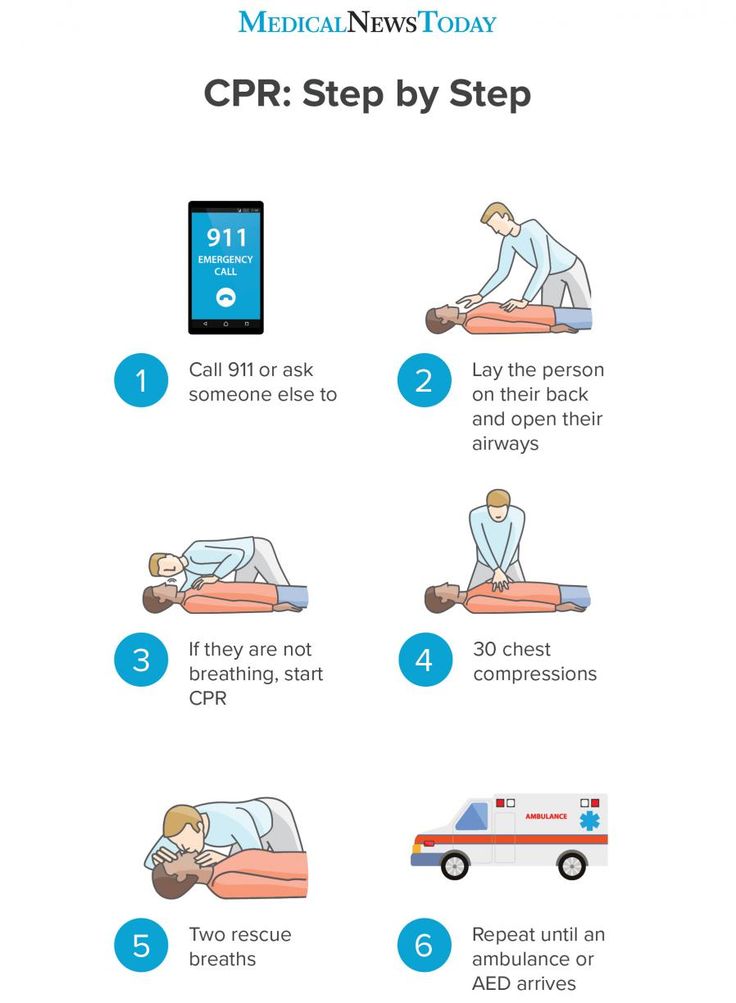
Pregnancy, Birth and Baby is provided on behalf of the Department of Health
Pregnancy, Birth and Baby’s information and advice are developed and managed within a rigorous clinical governance framework. This website is certified by the Health On The Net (HON) foundation, the standard for trustworthy health information.
This site is protected by reCAPTCHA and the Google Privacy Policy and Terms of Service apply.
This information is for your general information and use only and is not intended to be used as medical advice and should not be used to diagnose, treat, cure or prevent any medical condition, nor should it be used for therapeutic purposes.
The information is not a substitute for independent professional advice and should not be used as an alternative to professional health care. If you have a particular medical problem, please consult a healthcare professional.
Except as permitted under the Copyright Act 1968, this publication or any part of it may not be reproduced, altered, adapted, stored and/or distributed in any form or by any means without the prior written permission of Healthdirect Australia.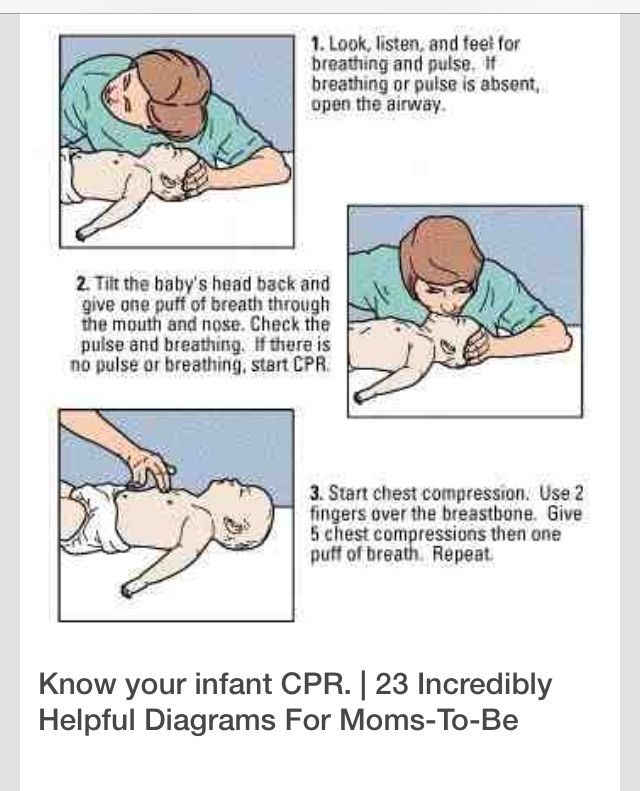
Support this browser is being discontinued for Pregnancy, Birth and Baby
Support for this browser is being discontinued for this site
- Internet Explorer 11 and lower
We currently support Microsoft Edge, Chrome, Firefox and Safari. For more information, please visit the links below:
- Chrome by Google
- Firefox by Mozilla
- Microsoft Edge
- Safari by Apple
You are welcome to continue browsing this site with this browser. Some features, tools or interaction may not work correctly.
How to resuscitate a child: chest compressions and artificial respiration
The first minutes after an injury are the most important. If you immediately provide competent first aid, then the victim is more likely to live and live without consequences. But how can you help your child? How to resuscitate a child, how to perform artificial respiration and chest compressions? In relation to babies, there are some critical features, especially for children under 1 year old.
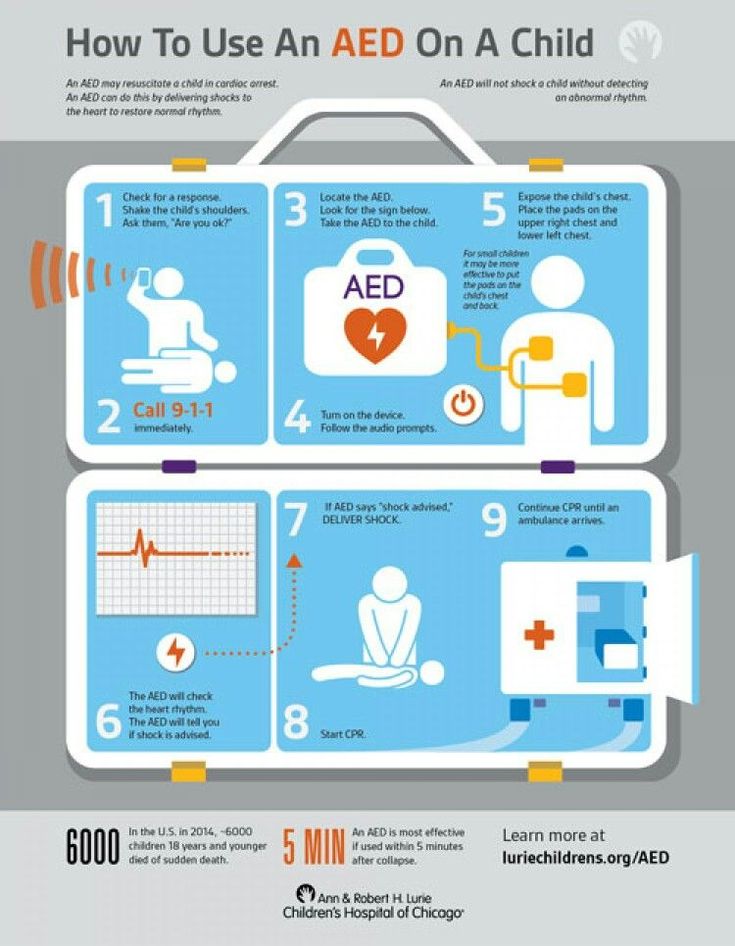
Updated:
We remind you that apteka24.ua has a mobile application: 12,000 drugs with detailed instructions and, of course, delivery throughout Ukraine. Look for us on the App Store and Google Play.
P.S. UAH 100 discount on the first order from UAH 1000 with the promo code APP100
- What you need to know about resuscitation of a child?
- Cardiopulmonary resuscitation of a child: what should be done?
Unfortunately, today little Ukrainians become victims of military battles taking place on the territory of Ukraine. And in these realities, we, adults, should know how to help a child in an emergency before the ambulance arrives, because it is the first minutes after the injury that are decisive - if you provide the right help, the child will be able to continue to lead a normal life after recovery.
In this article, our medical experts tell you how to resuscitate a child, give artificial respiration and chest compressions before the arrival of an ambulance, because little patients have their own peculiarities.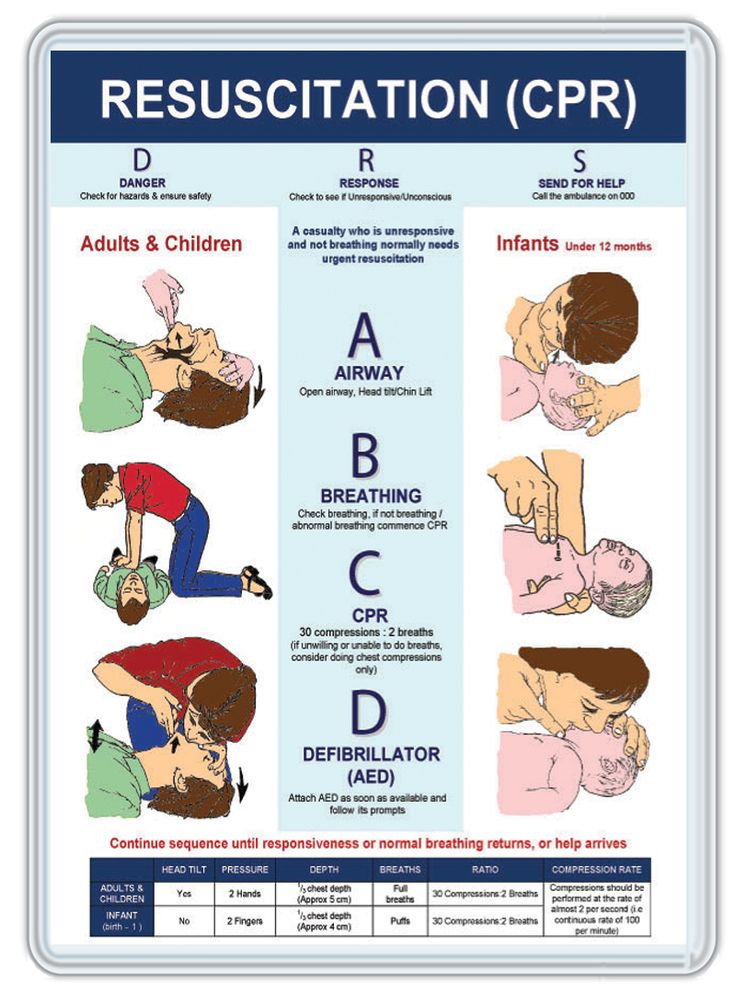
What do you need to know about resuscitation of a child?
Emergency cardiopulmonary resuscitation is needed in various sudden situations, in particular in accidents.
Circulatory arrest leads to disruption of oxygen supply to all organ systems. The brain is most sensitive to hypoxia (lack of oxygen), in its tissues, first of all, when blood circulation stops, irreversible changes occur. This period can last 3-6 minutes maximum. For this reason, assistance must be provided in a timely, correct and fast manner.
Assessing the child's condition, first of all, it is necessary to check such parameters as:
- consciousness;
- breath;
- blood circulation.
Check the signs of consciousness in the child: does he answer the question addressed to him, does he react to touch? See if the child has any injuries or bleeding. If the child does not react, it is necessary to determine whether the child is breathing.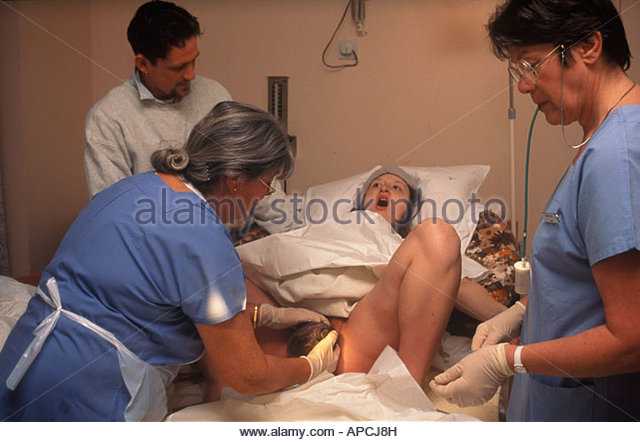 Bring your ear to your child's mouth and nose. Is there breath on your cheek? Is the baby's chest moving?
Bring your ear to your child's mouth and nose. Is there breath on your cheek? Is the baby's chest moving?
If the child is unconscious but breathing, place the child in a stable lateral position to maintain a clear airway.
Position the child's arm on your side at a right angle to their body. Place the far hand of the child with the back of your hand on his opposite cheek, holding it with your hand. After that, bend the farthest leg of the child at the knee, place it resting on the foot, push the knee of this leg towards you and turn the child. After turning the child on its side, slightly tilt the head to open the airway and pull the leg lying on top closer to the stomach.
Cardiopulmonary resuscitation of a child: what should be done?
If the child is not responding and not breathing, urgently call an ambulance and perform cardiopulmonary resuscitation. Required:
- ensure airway patency;
- determine the pulse on the carotid artery;
- if the pulse is not detected - urgently perform chest compressions.
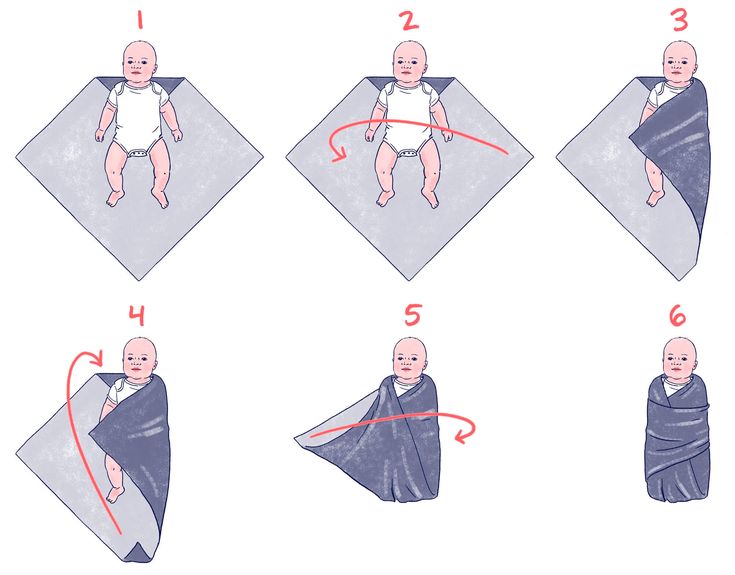
How to give artificial respiration to a child?
Lay the child on a hard surface on their back to ensure a good airway, then examine the airway. The oral cavity is freed from blood, vomit with a finger with a gauze swab, napkin or handkerchief.
The next step is to ensure the patency of the larynx. Place one hand on your forehead, tilt your head back and lift your chin. Remove your hand from your forehead and pinch the soft part of your nose. Before starting an indirect heart massage, five breaths (breaths) must be taken. These are short breaths and should not be longer than 1 second each.
Tilt your head, inhale and grasp the child's mouth.
Blow slowly and evenly into his mouth for one second until his chest rises.
The main criterion for the effectiveness and control of mechanical ventilation is chest excursion, the anterior wall of which should rise during inspiration and fall during expiration. Make sure that the chest rises.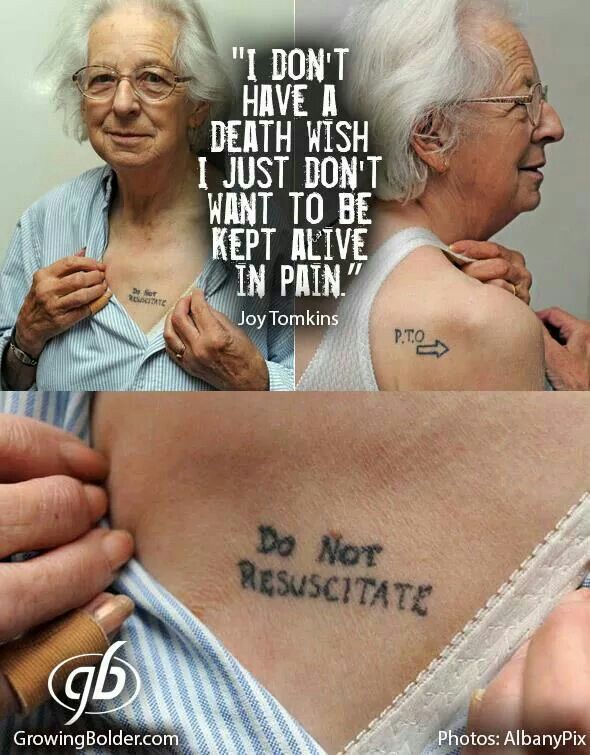 Watch your chest sink as the air comes out.
Watch your chest sink as the air comes out.
How to give chest compressions to a child?
In addition to ensuring an adequate supply of oxygen to the alveoli, cardiopulmonary bypass must be provided. For this purpose, indirect heart massage is used.
It is necessary to stand on the side of the child, the base of one palm is placed in the middle of the sternum, the second on top along the sternum. Then, with straight arms, without bending them at the elbow joint, it is necessary to press the chest to a depth of 4 cm or ⅓ of the sternum with a frequency of 100-120 per minute.
To prevent fracture of the ribs, the force must be concentrated only on the base of the palm, fingers should not press on the ribs. Hand pressure on the sternum is performed by the weight of the torso of the first aid participant.
Next, do 30 chest compressions, then 2 breaths. Continue compressions and breaths at a ratio of 2 breaths for every 30 compressions.
In children under 1 year of age the procedure is different, it consists in pressing one or more index fingers on the sternum with a frequency of more than 100 beats per minute. If there are two rescuers, it is necessary to clasp the lower part of the sternum with the hands and compress with the tips of 2 thumbs.
The criteria for the effectiveness of chest compressions are:
the appearance of a pulse in the central peripheral arteries;
constriction of the pupils with the appearance of a reaction to light.
It should be remembered that long (more than 5-10 seconds) pauses should not be made during chest compressions.
If spontaneous breathing occurs before the arrival of medical personnel, place the child in a stable side position, control his breathing.
Also find out what should be in a first aid kit: a list of medicines and medical supplies for emergencies.
It is also important to know what to do before the ambulance arrives: how to provide first aid for burns, injuries, concussions and loss of consciousness.
Learn more about health at apteka24.ua.
Sources
How to give CPR (mouth to mouth) to a baby or child / HSE
How to resuscitate a child / NHS
CPR for Children / WebMD
Child & Baby CPR / Red cross
Disclaimer
apteka24.ua provides comprehensive and reliable information on issues of medicine, health and well-being, however, the diagnosis and choice of treatment methods can only be made by your doctor! Self-medication may not be safe for your health. apteka24.ua is not responsible for possible negative consequences resulting from the use of information posted on the site by users of apteka24.ua.
What is cardiopulmonary resuscitation and how to do it correctly
Very often, first aid can save a life for a person in trouble. It is especially useful to be able to properly perform cardiopulmonary resuscitation. Cardiopulmonary resuscitation is a set of actions aimed at returning to life a person who is in a state of clinical death.
Cardiopulmonary resuscitation is a set of actions aimed at returning to life a person who is in a state of clinical death.
Clinical death is a transitional state between life and death, during which irreversible changes have not yet occurred in the most vulnerable tissues (brain cells). At this time, there is an opportunity to revive (reanimate) the body. The duration of clinical death under normal conditions is 4-5 minutes after circulatory arrest. Then comes the death of the brain, and hence the death of a person.
Today, the decision to carry out resuscitation measures by eyewitnesses of the incident is based on the lack of consciousness and adequate breathing in the victim. It is important to remember that the first action of the rescuer is to call for help and only then proceed to cardiopulmonary resuscitation.
Modern algorithm for making a decision to start cardiopulmonary resuscitation
To check consciousness, you need to approach the victim, gently shake his shoulders and ask: "Are you all right?" If he does not react, then there is no consciousness.
Ask someone around to call an ambulance on 03, 103 or 112, or do it yourself.
To test breathing, open the airway by tilting the victim's head back and tilting the cheek and ear over the victim's face for 10 seconds.
If there is no breathing (“I don’t see” the movement of the chest, “I don’t hear” and “I don’t feel” exhaled air) or it is abnormal (rare, “gasping for air”) immediately start chest compressions. To do this, do 30 compressions in the lower part of the sternum, stepping back 2 fingers up from the xiphoid process. Push the sternum by 5-6 cm with a frequency of 100-120 compressions per minute.
Basic rules for performing chest compressions
- The patient must be in a horizontal position on a solid base (floor or low couch) to avoid displacement of his body under the force of the massaging hands.
- The zone of application of the strength of the hands of the resuscitator is located in the center of the chest (the border of the middle and lower thirds of the sternum), strictly along the midline.
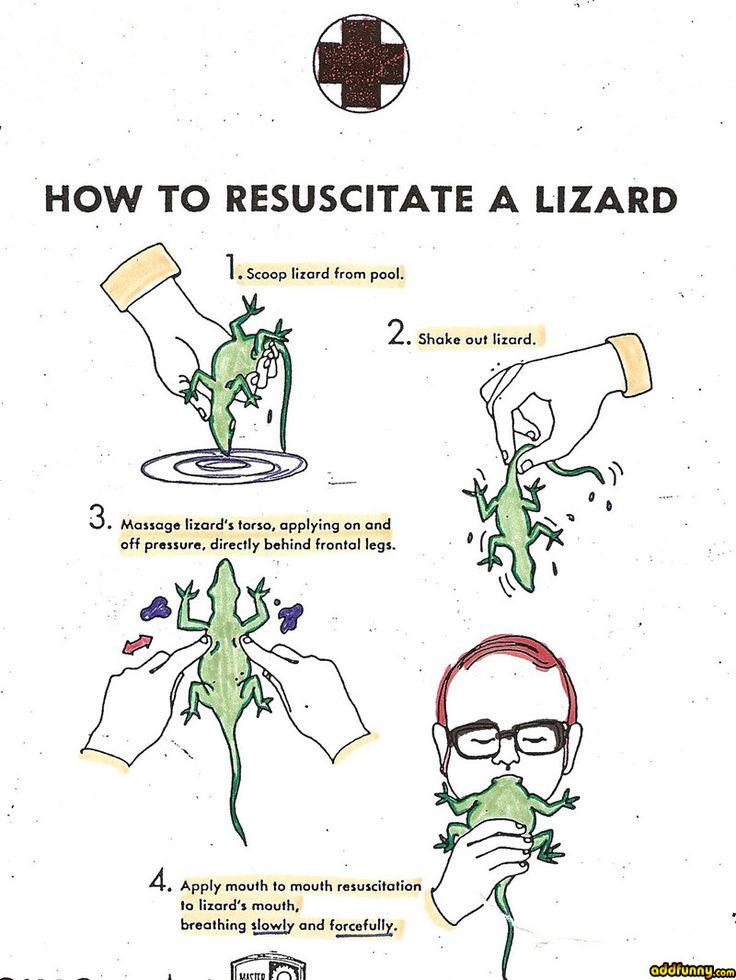 The resuscitator can be on either side of the patient.
The resuscitator can be on either side of the patient.
- For massage, one palm is placed on the other and pressure is applied to the sternum in the area located 2 transverse fingers above the place of attachment to the sternum of the xiphoid process. The hands of the massager, straightened at the elbow joints, are positioned so that only the wrist produces pressure, do not touch the patient's chest with the fingers.
- Compression of the chest of the dying person is performed due to the gravity of the torso of the resuscitator. The displacement of the sternum towards the spine (i.e. the depth of chest compression) should be at least 5 cm, but not more than 6 cm.
- At intervals, the hands are not removed from the sternum, the fingers remain raised, the arms are fully extended at the elbow joints.
- Massage rate — 100-120 massage movements per minute.
- If possible, change lifeguards every 2 minutes.
Rules for performing mechanical ventilation
The 2015 international guidelines require lay rescuers to perform cardiopulmonary resuscitation without mechanical ventilation.